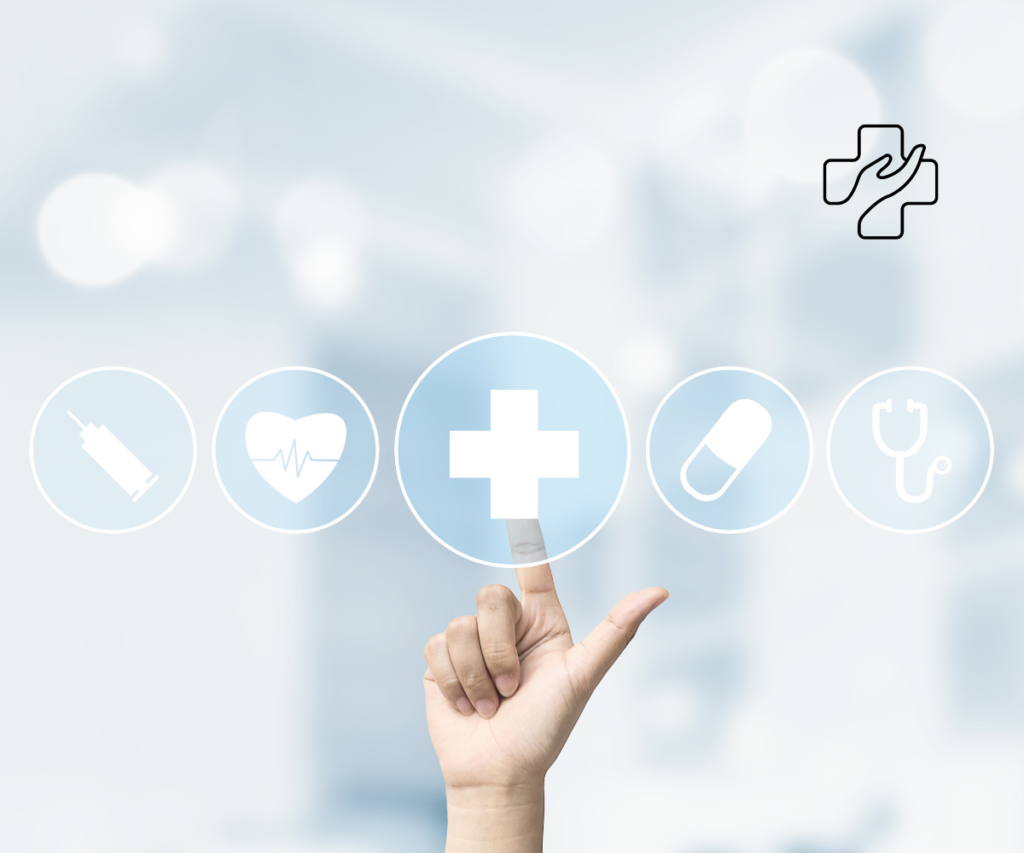The Role of Technology in Enhancing Homecare
Technology continues to revolutionize various aspects of our lives, and the field of homecare is no exception. The integration of technology in homecare services has transformed the way care is delivered, enhancing efficiency, safety, and overall quality of care. In this article, we will explore the role of technology in enhancing homecare and its impact on both caregivers and care recipients. From remote monitoring and assistive devices to telehealth and caregiver support tools, technology is reshaping the landscape of homecare and opening new possibilities for personalized and effective care.

Remote Monitoring and Sensor Technology
One of the significant advancements in homecare is the utilization of remote monitoring and sensor technology. Wearable devices, smart sensors, and Internet of Things (IoT) devices can monitor vital signs, activity levels, and sleep patterns. This data can be transmitted to healthcare providers, enabling proactive care management and early detection of health issues. Remote monitoring technology empowers caregivers to provide timely interventions and facilitates better communication between caregivers, care recipients, and healthcare professionals.
Telehealth and Virtual Care
Telehealth, or virtual care, has gained tremendous popularity in recent years, and its potential in homecare is immense. Through telehealth platforms, caregivers and care recipients can connect with healthcare providers remotely, eliminating the need for unnecessary trips to medical facilities. Telehealth visits allow for real-time consultations, medication reviews, and even remote diagnosis. This technology not only saves time and reduces the burden of travel but also improves access to specialized care, especially for individuals in remote or rural areas.
Medication Management Tools
Technology has significantly improved medication management in homecare. Automated pill dispensers, medication reminder apps, and electronic health records streamline the process, reducing the risk of medication errors and improving adherence. These tools provide alerts for medication schedules, track refills, and can even send notifications to caregivers or healthcare providers if doses are missed. Medication management technology improves safety, enhances communication among caregivers and healthcare professionals, and promotes better health outcomes.
Assistive Devices and Smart Home Technology
Assistive devices and smart home technology have transformed the living environment for care recipients in homecare. From voice-activated assistants and smart thermostats to smart lighting and safety devices, these technologies enhance comfort, convenience, and safety. Smart home devices can be integrated with motion sensors, fall detection systems, and emergency call systems, providing peace of mind to both caregivers and care recipients. Assistive devices such as mobility aids, personal emergency response systems, and remote monitoring devices enable individuals to maintain their independence while ensuring their safety.
Caregiver Support Tools
Technology has also provided invaluable support for caregivers in homecare. Caregiver support tools include mobile apps, online resources, and support communities that offer guidance, educational materials, and self-care resources. These tools help caregivers manage their responsibilities, track care plans, access training materials, and connect with other caregivers who may share similar experiences. Technology-based caregiver support tools empower caregivers, reduce burnout, and promote their well-being, ultimately enhancing the quality of care they provide.
Technology is revolutionizing homecare by enhancing efficiency, safety, and personalized care. From remote monitoring and telehealth to medication management tools, assistive devices, and caregiver support tools, technology is transforming the homecare landscape. As technology continues to advance, the potential for further improvements in homecare is immense. The integration of technology in homecare services enables individuals to age in place, enhances communication and coordination among caregivers and healthcare professionals, and ultimately improves the quality of life for care recipients. Embracing technology in homecare is key to meeting the evolving needs of our aging population and providing optimal care in the comfort of their own homes.


